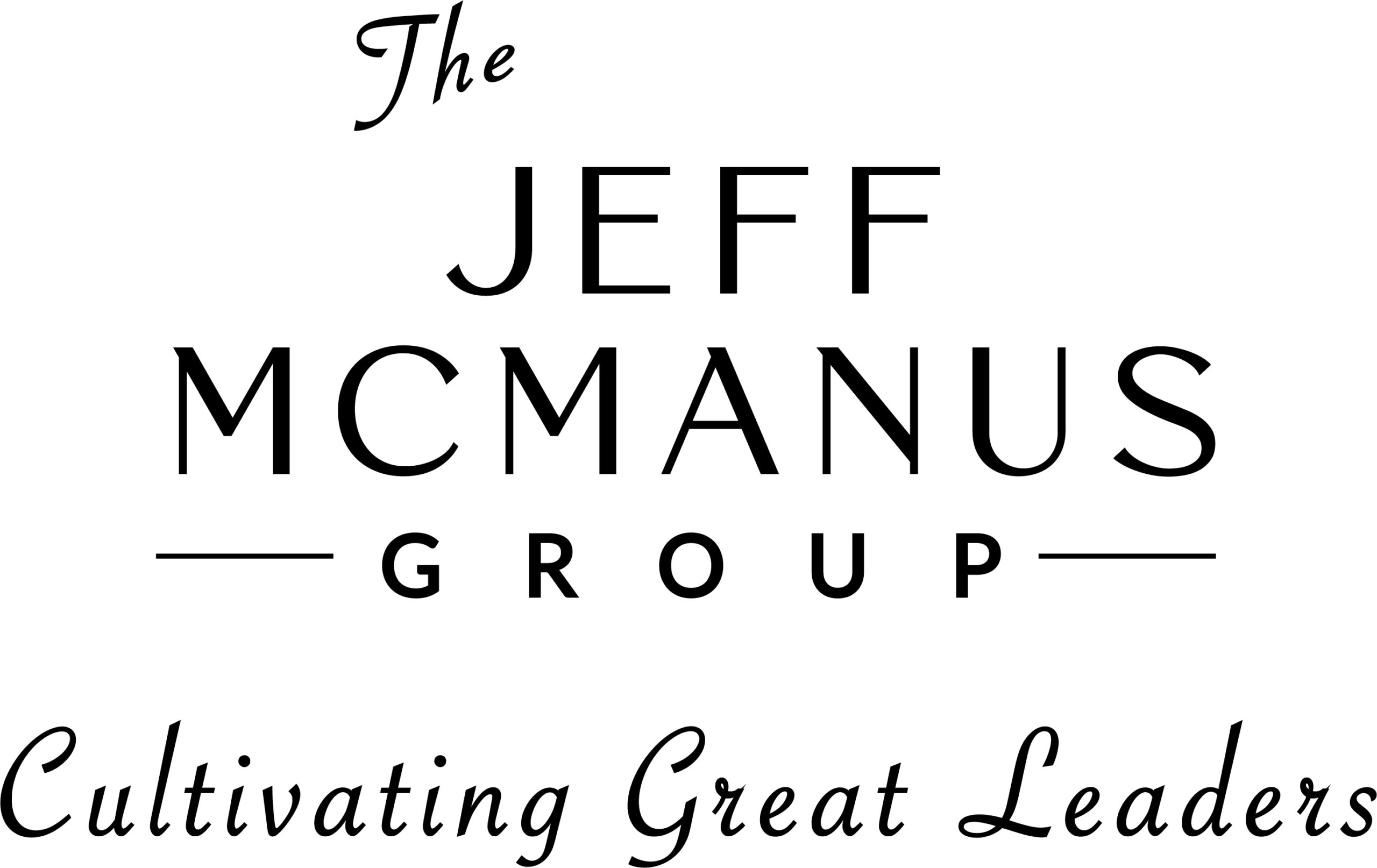
Getting More Than Expected
When people sense that they matter, they instinctively become more engaged and more productive.
Years ago, I attended a Disney Horticulture Conference and I remember hearing Katy Moss Warner, former Director of Disney’s Horticulture and Environmental Initiatives, say, “The standard is not what you expect, it is what you accept.”
She was right. As a facility leader, I realized that our department had different standards for the same type of work from different crews. Not everyone saw the same standard we wanted to achieve. What we were accepting was “the standard” on our campus. Getting our team to see the standard was one thing, but getting buy-in to the standard was another.
Several years ago, I noticed that the quality of our pruning was not up to what I perceived to be my standard. I had conducted hands-on training to show everyone what the expectations were and how to achieve the desired standards.
Since the training was done, everyone should meet the standards, right? Gee whiz, was I wrong! Even though I thought I had done a good job teaching the pruning standard to our team, over time, people forgot or got in a big hurry and quickly digressed to old ways. I was inwardly frustrated that many on our team didn’t even notice the deficiencies.
At first, I wanted to make some noise and call a meeting immediately to fix the problem, but I didn’t. Having been a student of leadership training over the years, I knew I had a role in this mishap. This situation caused me to look inward. Where had I dropped the ball? Why were we creeping away from the standard? Why didn’t our team seem to see it? It became obvious that there was no buy-in to obtaining the expected look, the “standard.”
One of the stumbling blocks to buy-in I ran into was that I had not gotten employees engaged in developing the pruning standards. The standards were mine, not ours. What could I do to get employees engaged and create buy-in? Here is how we turned it around:
I started getting team input regarding pruning. Superintendents, supervisors and frontline team members now all had a voice in what the pruning standard was. I came to the realization that when I had our team participate in developing the standards, they sensed they mattered. This created better buy-in for the staff and they became more productive. We all enjoy feeling our input is valued. Developing our standards as a team showed them I valued their input.
Now I repeat OUR standard regularly and let others repeat it, too. I do this during meetings and by walking around making positive observations about team members’ pruning. When it comes to people remembering things, Andy Stanley says, “We all leak.”
We don’t always have to be told, but we do need to be reminded. Our team has since taken this further and created an in-house certification class on pruning. The class teaches the standard WE developed. This gets new team members up to speed quickly and reminds more experienced team members of OUR standard.
Since the standard has become OURS, not mine, staff take pride and deep ownership in the appearance of pruning. Those staff members responsible for pruning take great satisfaction in meeting the standards. This has created accountability with each other, especially in the field where the work is being completed. The team expects the standards to be met and does not accept anything less.
I would say I am getting more than I ever expected.



